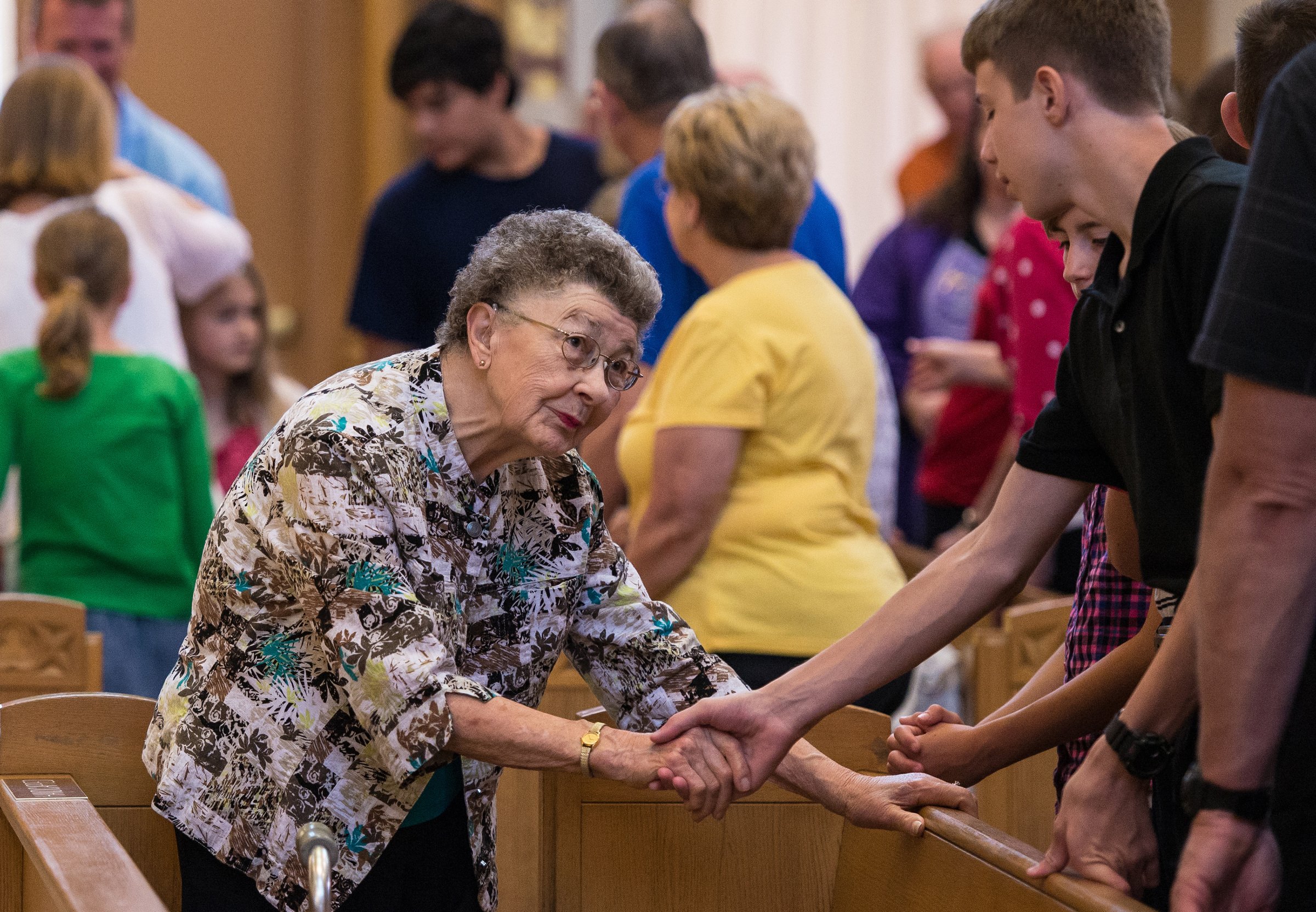Capture this: Confession
Is it a sin to photograph the sacrament of confession?
Anyone who follows social media posts related to religion, particularly Catholicism (see #CatholicTwitter), knows that there is as much conflict as there is consensus. For example, while scrolling through Twitter this morning I came across this innocuous tweet by Fr. Chris Vorderbruggen. (The priest’s Twitter — X, if you prefer — account has since been deleted.) His succinct message — Confession during world youth day — was accompanied by a photo of priests listening to confessions.
It didn’t take long for people to take offense at the image.
“Is it improper and unfitting to take a picture of a penitent confessing to a priest who is seen and seen seeing the penitent?” stated one poster.
In reply, Fr. Vorderbruggen responded:
“Don’t overthink things. That’s almost a form of scrupulosity. Find joy in the youth that so many people believe are lost to the world coming and confessing their sins and receiving absolution.”
That led another poster to cite the Code of Canon Law, noting that “the proper place to hear sacramental confessions is a church or oratory. … Confessions are not to be heard outside a confessional without a just cause.”
The priest’s reply to this and other comments sought to ease their consciences:
“Although this might be something new for you to see because you haven’t experienced it like that before, it happens quite often actually. For example, as a missionary, I’ve never heard a confession inside the confines of a confessional….”
As a photographer in the Catholic press, I’ve captured many images of people receiving the sacrament of reconciliation (confession). As with all other photographs taken in a religious setting, I take precautions not to be conspicuous. I try to respect my surroundings and those present.
Catholic publications require images that illustrate the topic at hand. A story on this sacrament will attract more readers with a well-composed image. Whenever possible, I try to focus on the priest and not the penitent.
Below is a slideshow of images I’ve taken over the years. If you have an opinion on this topic, please share in the comments.
A photographer’s take on the sign of peace
I think I speak for most Catholic photojournalists when I say, “We need gestures at Mass!”
Back in 2014, a letter from the Vatican’s Congregation for Divine Worship and the Sacraments, written to Latin-rite bishops around the world, focused on the sign of peace. After years of study and consultation, the congregation decided that the sign of peace would continue to be part of the liturgy. Local bishops, however, would have the authority to omit it if “it is foreseen that it will not take place properly.”
The letter also said that bishops should do what they can to end “abuses” of the greeting and study whether it’s time to find “more appropriate gestures” to replace it.
A worshipper shares the sign of peace with a young man during Mass in Green Bay, Wis. (Sam Lucero photo)Discussion on the practice of greeting fellow Mass-goers, shaking hands with them and saying, “Peace be with you” came more than two years after the revised Roman Missal was introduced. The revised missal also ushered in changes during the celebration of the Mass, including the laity no longer praying with hands extended (known as the orans position) during the Our Father. Instead, that gesture is reserved to the priest or leader of prayer. Folks in the pews are asked to pray with folded hands or hands at their side.
A lot of thought and discussion have been given to these decisions, both at the local level and on the universal church level. If the Vatican (or a diocesan bishop) decides to put an end to the sign of peace, people in the pews — reluctantly or not — will have to acquiesce. (We did see this happen during the COVID-19 pandemic, although for health and not liturgical reasons.)
While input from church liturgists, historians and theologians is considered when implementing rules on the use of gestures at Mass, the views of Catholic photojournalists are nowhere to be found.
Until now.
I think I speak for most Catholic photojournalists when I say, “We need gestures at Mass!”
I remember the days, during priestly ordinations, when the newly ordained would exit the sanctuary at the sign of peace and give a loving handshake, hug or kiss to his mother and father. Now that was a Kodak moment. This practice is no longer allowed, although I’m not sure when it ended — or how licit it was in the eyes of liturgists.
Holding hands or extending hands during the Our Father was also an opportunity for powerful images during Mass. Hands to the side? Not so much.
Worshippers hold hands while reciting the Our Father during Mass. (Sam Lucero photo)If we wanted stoic expressions to photograph, most Catholic photojournalists would head to the nearest traditional Latin Mass.
All kidding aside, church leaders know the importance of signs and symbols in religion and the liturgy. As a photographer — and thus a very visually oriented observer — I’d like to beg them to not eliminate the outward signs we use to express our love for Christ and his church.



